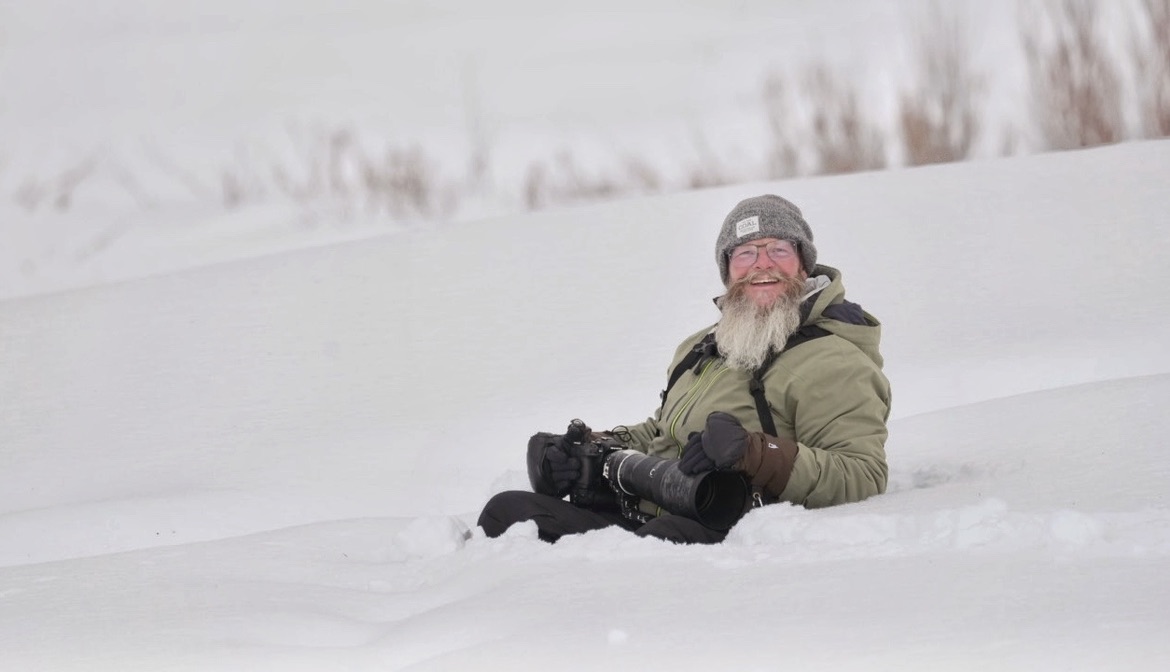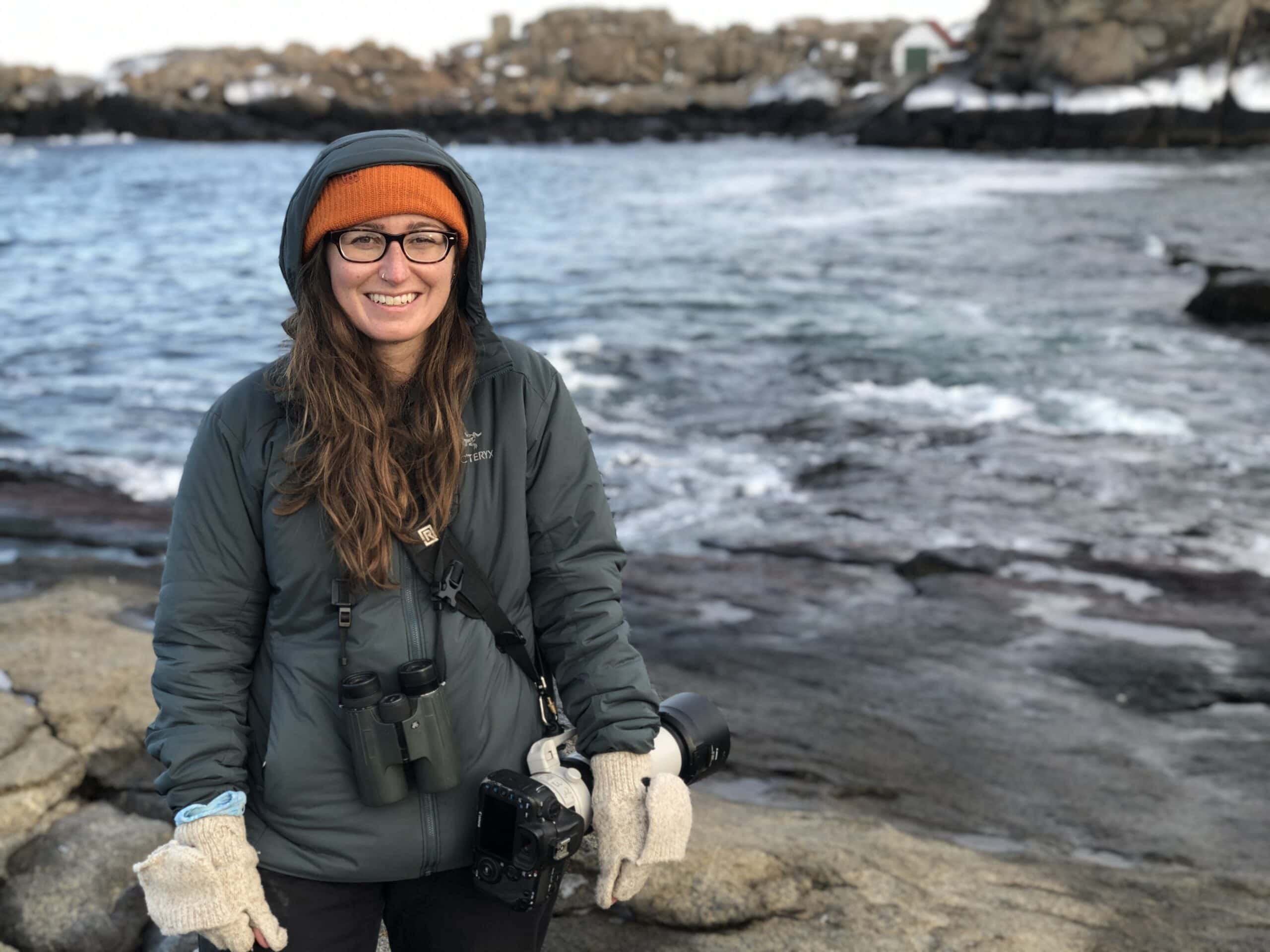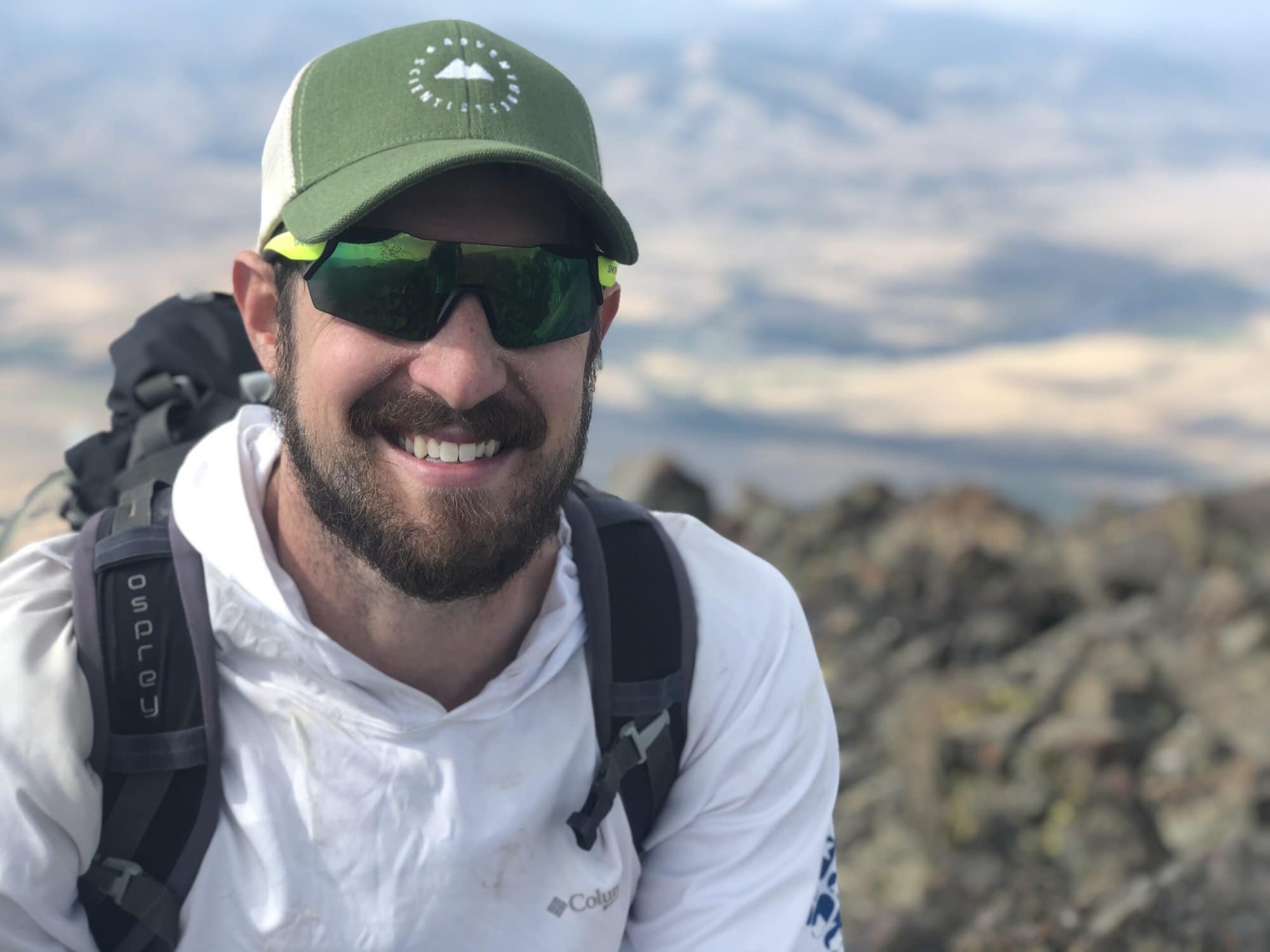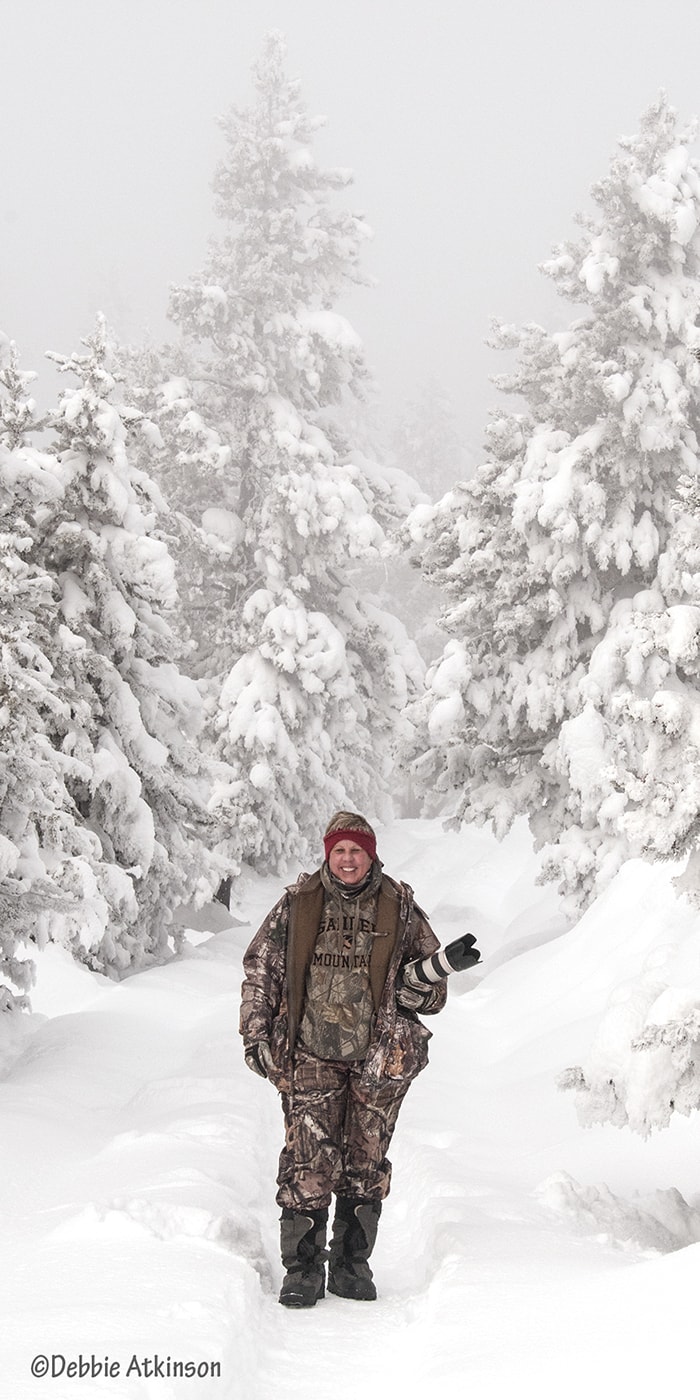AUSTRALIA: WESTERN AUSTRALIA, Cheyne’s Beach to Stirling Range
Nov 13, 2012 | by Adrian Binns
Oct 5: We savored our last morning at Cheyne’s Beach, a relaxing, picturesque getaway on the south coast of Western Australia. The chilly morning temperature was quickly forgotten by the sight of a Western Grey Kangaroo hopping between our cabins, and the sound of a Noisy Scrub-bird calling close by. We walked down the road to take up position as we’d done yesterday, to wait patiently for glimpses of this secretive, endemic species. We could hear the scrub-bird working its way closer to the road, as its song gave away its location. We stared hard at the roadside spot where it should emerge, and were rewarded with solid looks as it ran across the road. We were able to see the long tail, brown back, and white throat marked by a black band that characterizes the Noisy Scrub-bird.
We returned to the sand trail inside Waychinicup National Park. We saw a few diminutive Southern Emu Wrens flitting about the low foliage, and a Brown Goshawk circling overheard. We heard a Western Bristlebird calling in the distance, but, unfortunately, we were not able to track down this endemic species. Tawny-crowned and White-cheeked Honeyeaters were present, as expected. The mother and joey Western Grey Kangaroos that we watched the previous evening were still in the area, and now joined by two more.
On the edge of the Caravan Park we found a Grey Currawong, Purple-crowned Lorikeets and Western Rosellas feeding in the eucalyptus as bronzewings wandered around the grounds.
After packing up, loading the trailer and leaving the Caravan Park, we ventured along Cheyne’s Beach coast line. This section is also known as part of the “Great Australian Bight”, where a chunk was seemingly removed from the shoreline that joins the Southern Ocean. Strolling up the shoreline to look at some Enamel Orchids, we were waylaid by the extraordinary sight of a group of 4 Southern Right Whales, barely 100 meters off shore. For half an hour we watched in awe as they spouted, rolled, flipped and played lazily. It was incredible to witness these huge, wild creatures at such close range.
Our next destination was Two People’s Bay Nature Reserve, located a short distance east of Cheyne’s Beach. We stopped briefly to look at a Pied Oystercatcher, before reaching the reserve. There we found a small, unmanned nature center, which highlighted the interesting story of the re-discovery of the endemic Noisy Scrub-bird in the 1960’s, and how Prince Philip, Duke of Edinburgh, was instrumental in the establishment of this National Park, protecting the coastal woodland and melaleuca forest habitat in which the scrub-bird thrives. A short walk through the melaleucas to the beach produced Red-capped Parrot, Pied Currawong, Australian Magpie’s and Black-faced Cuckoo-shrike.
We enjoyed our picnic lunch atop granite rock, overlooking the turquoise blue waters of Little Beach with Mount Gardiner massif behind us. A Heath Monitor lazed about with its tongue sniffing the air. A Pacific Gull made several passes around the bay and Silver Gulls joined us, no doubt looking for a few crumbs left behind.
Leaving the southern coast behind us, we headed 90 kms north of Albany to the Stirling Range, stopping only for a flock of Carnaby’s ‘short-billed’ Black-Cockatoos. Carnaby’s and Baudin’s were once lumped as White-tailed Black-Cockatoo, however, their split reflects subtle differences in bill length as well as biology. Carnaby’s are more heath-loving ground feeders, whereas the ‘long-billed’ Baudin’s favor forests and eucalyptus trees.
We were greeted by breath-taking scenery as we neared the Stirling Range, some 340 kms southeast of Perth. This 60 km wide range are the only mountains in the otherwise flat landscape of Western Australia. We followed an ancient river bed through the Chester Pass, to reach the The Stirling Range Retreat, our next accommodation. The rugged summit of Bluff Knoll, the highest point in the range at 3500 feet, dominates the view from the Retreat.
We checked into our “rammed-earth” cabins and set out to explore the grounds and environs in the remaining daylight. It was no surprise to see many honeyeaters, as the grounds were dominated by tall eucalyptus trees, their favorite habitat. The most common were ever-active Yellow-Plumed Honeyeaters, but there was also Swan River, Brown, New Holland and Tawny-crowned Honeyeaters. Pairs of Dusky Woodswallows sat and preened on open branches. We encountered Restless Flycatcher, the southern counterpart to the Paperbark Flycatcher we saw often in the Top End. Purple-crowned Lorikeets screeched through the upper reaches of the trees, perching just long enough for us to locate them.
Across the main road and behind the Bluff Knoll Cafe, we found a number of Yellow-rumped Thornbills feeding along the edge of a field, along with Galahs and an Elegant Parrot. Grey Fantails alighted conspicuously on low branches with their tails fanned. We saw a Western Gerygone, Grey Currawong and watched a lovely Scarlet Robin for a long time.
Walking back to our cabins, we checked on the sewage pond, where a Sacred Kingfisher was actively looking to dive into the scummy water. To our surprise, there was a pair of Chestnut Teal resting on the pond bank; we did not expect to see this species so far inland.
For dinner, we walked across the road to the newly-reopened Bluff Knoll Cafe, where we were warmly greeted by Kevin and enjoyed a marvelous meal cooked by his mother.
all photos © adrian binns









































